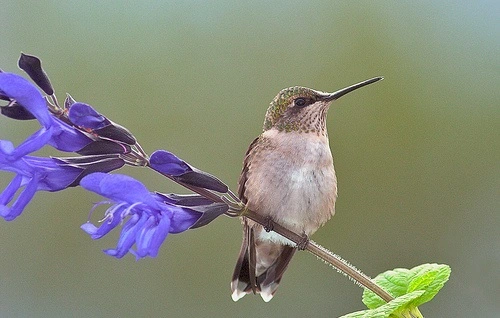Salvia is easy to plant, propagate and care for. It is a very unpretentious, sun-loving plant, so it should be planted in sunny areas.
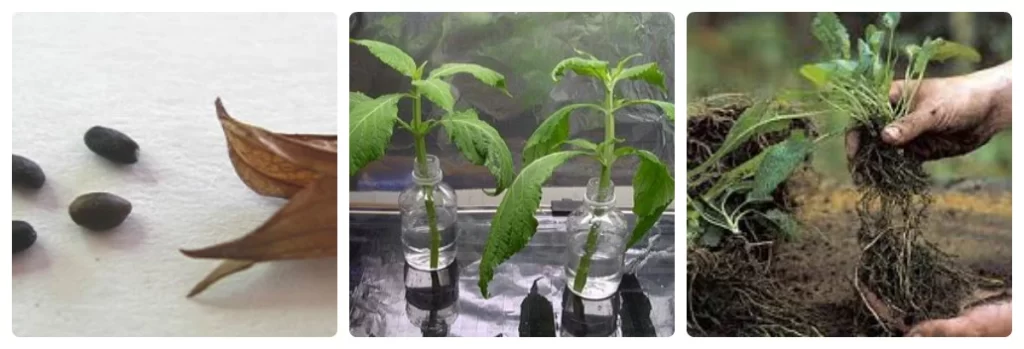
Reproduction of salvia
Salvia is an annual and biennial plant, grown from seeds, perennial salvia is propagated both by seeds and vegetatively – by dividing the bush or by cuttings.
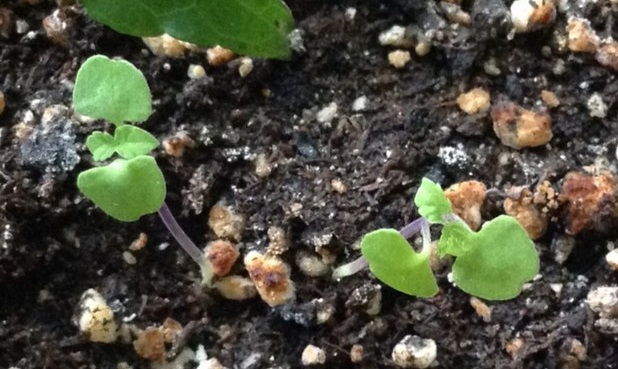
How and when to sow Salvia seeds
There are several favorable periods for sowing salvia seeds in open ground. Seeds are sown in the ground in winter or spring. Such species as bright red salvia (Salvia coccinea), brilliant salvia (Salvia splendens) and other annual salvias are propagated by sowing seeds on seedlings or sowing seeds in open ground.
When is the best time to sow salvia for seedlings? It is best to sow salvia for seedlings from mid-February to early March. Seeds are sown in moist loose soil, superficially or to a depth of no more than 5 mm. The air temperature for quality seedlings should be approximately 25 degrees Celsius. It is necessary to water the sown seeds in a tray or from a sprayer so that the sprouts (cotyledons) do not fall after they have just emerged. To keep the soil moist longer, cover the boxes with film or newspaper.
The stairs will appear within two weeks. In order to grow seedlings with a strong root system, which will allow the plant to quickly take root in the soil, seedlings are dived twice. For the first time, they are dived in the phase of 2-3 real leaves, planted at a distance of 4 cm from each other. The second time, the seedlings are transplanted after three to four weeks, after the first picking, and planted in individual pots with a diameter of 10-12 cm. When the fourth or fifth true leaf appears, the young plants are pinched (the top of the plant is pinched), for a more lush bush . You can start hardening seedlings from April, for this the night temperature is lowered to 10 degrees Celsius. Hardening seedlings will make the plant more resistant to diseases and to sudden changes in temperature.
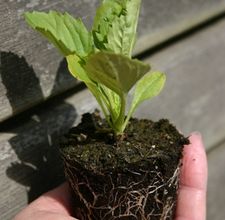
Planting salvia in open ground
Salvia likes light, sandy, non-acidic soil, rich in humus and well-drained. The site should be sunny, as all types of salvia are sun-loving, and only Salvia glutinosa can grow in partial shade. Salvia seedlings are planted in the soil when there is no longer a threat of night frosts – around the beginning of June.
To plant salvia in a flower garden or garden, you need to: dig a hole, add a handful of organic fertilizers, mix them with the soil, pour water into the hole, and carefully pour the salvia out of the pot. The distance between planted plants should be at least 30 cm, and the distance between rows up to 50 cm.
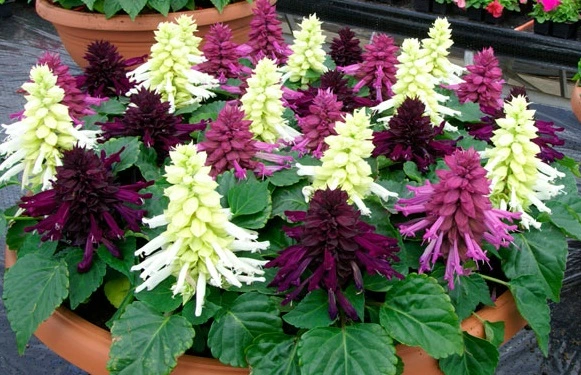
Salvia in containers
Salvia grows well not only in flower beds, but also in garden containers. It can be used to decorate sunny balconies. Red or yellow salvias, planted in pots, are used to create bright spots, among the greenery of a shaded garden. They are grown in containers in sunny places, and when the time of flowering comes, they are transferred to the shade. In the shade, flowering does not stop, often lasts longer than in the sun.
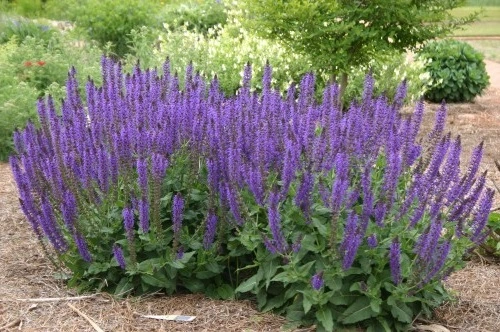
Salvia in landscape design
Most often, salvia is used for flower beds and beds. Its bright colors are perfectly combined with many types of flowering and decorative leafy plants: marigolds and heichera, tsinnia and ageratum and other flowering plants. Salvia is often used to create flower beds with complex flower patterns.

